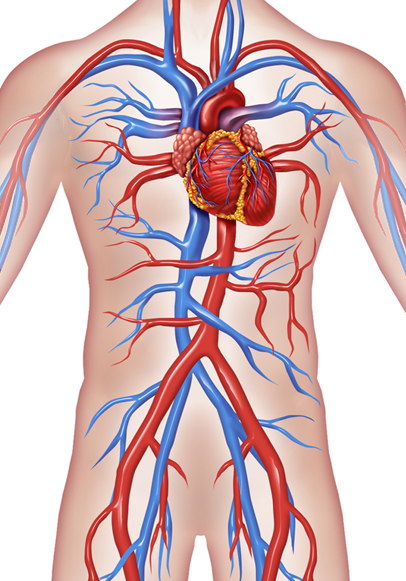Jugular Vein
Jugular Veins are three veins draining head and neck of human body. They are paired veins (present on each side of neck).
-
Internal Jugular Vein lies beneath Sternocleidomastoid muscle and drains contents of skull.
-
External Jugular Vein lies superficial to Sternocleidomastoid muscle and drains deep parts of face and cranium.
-
Anterior Jugular Vein lies anteriorly in neck and drains submaxillary region (below maxilla bone).
Jugular Vein
STRUCTURE AND POSITION
- Jugular Veins are large veins with anterior jugular vein having least and internal jugular vein having maximum diameter out of three.
- External Jugular Vein starts below ear, runs over sternocleidomastoid and ends posterior to clavicle.
- Internal Jugular Vein starts at base of brain, it runs down the face and neck, lying deep to sternocleidomastoid and ends behind clavicle.
- Anterior Jugular Vein is formed in front of hyoid bone and runs downwards and anteriorly in neck. It ends by opening into External Jugular Vein.
TRIBUTARIES
Internal Jugular Vein tributaries include:
-
Sigmoid sinus
-
Cerebral veins
-
Cerebellar veins
-
Common Facial vein
-
Lingual vein
-
Pharyngeal and Thyroid veins
External Jugular Vein tributaries include:
-
Retromandibular vein
-
Posterior Auricular vein
-
Transverse Cervical vein
-
Anterior jugular
Anterior Jugular Vein tributaries include :
-
Laryngeal veins
-
Small Thyroid vein
CLINICAL SIGNIFICANCE
- Jugular Venous Pressure is taken from Internal Jugular Vein and has clinical importance in estimating right sided heart failure.
- Air Embolism can occur if throat is cut in trauma. Air goes into vessel via external vein and results in circulatory failure.
Report Error



